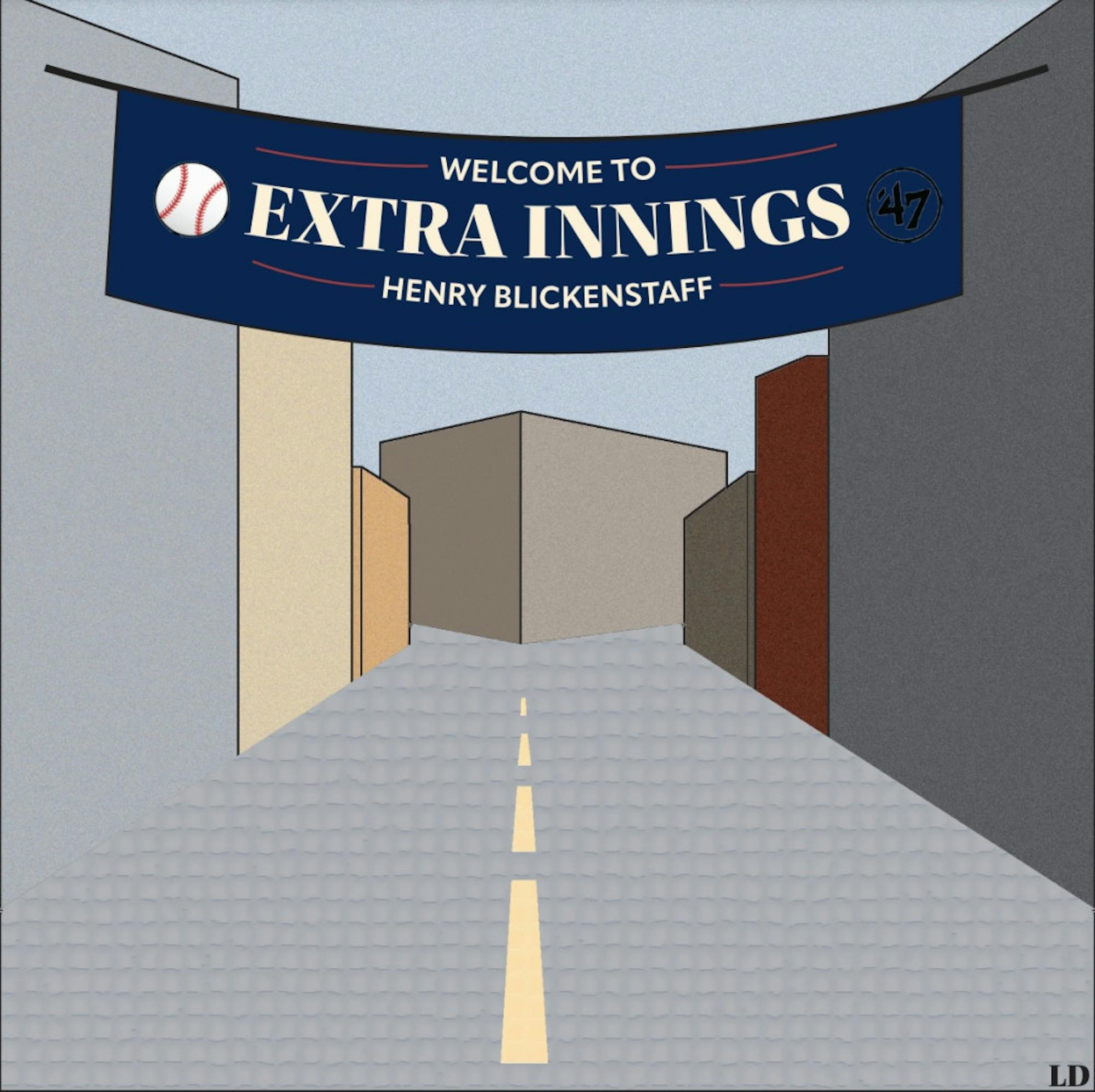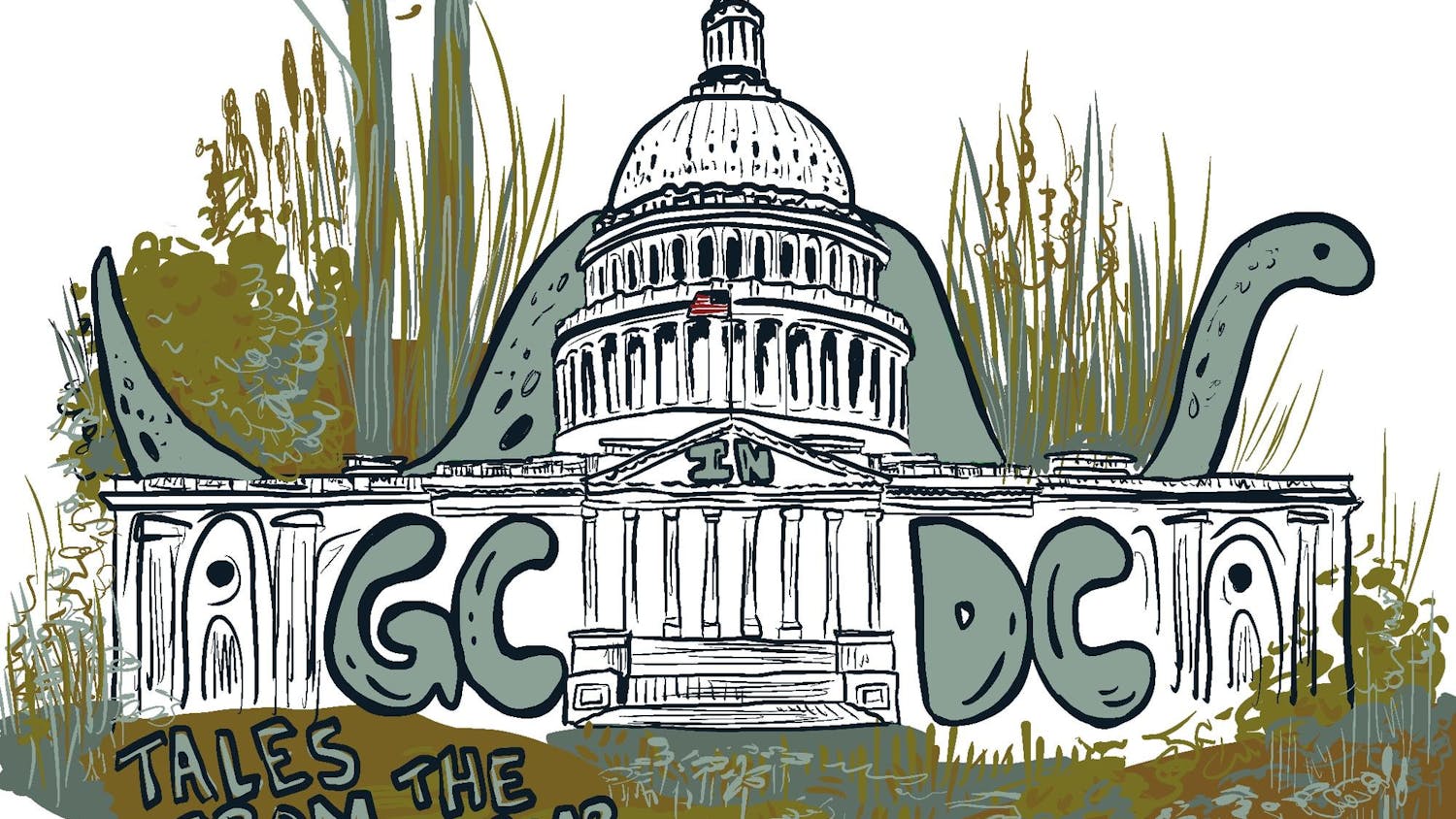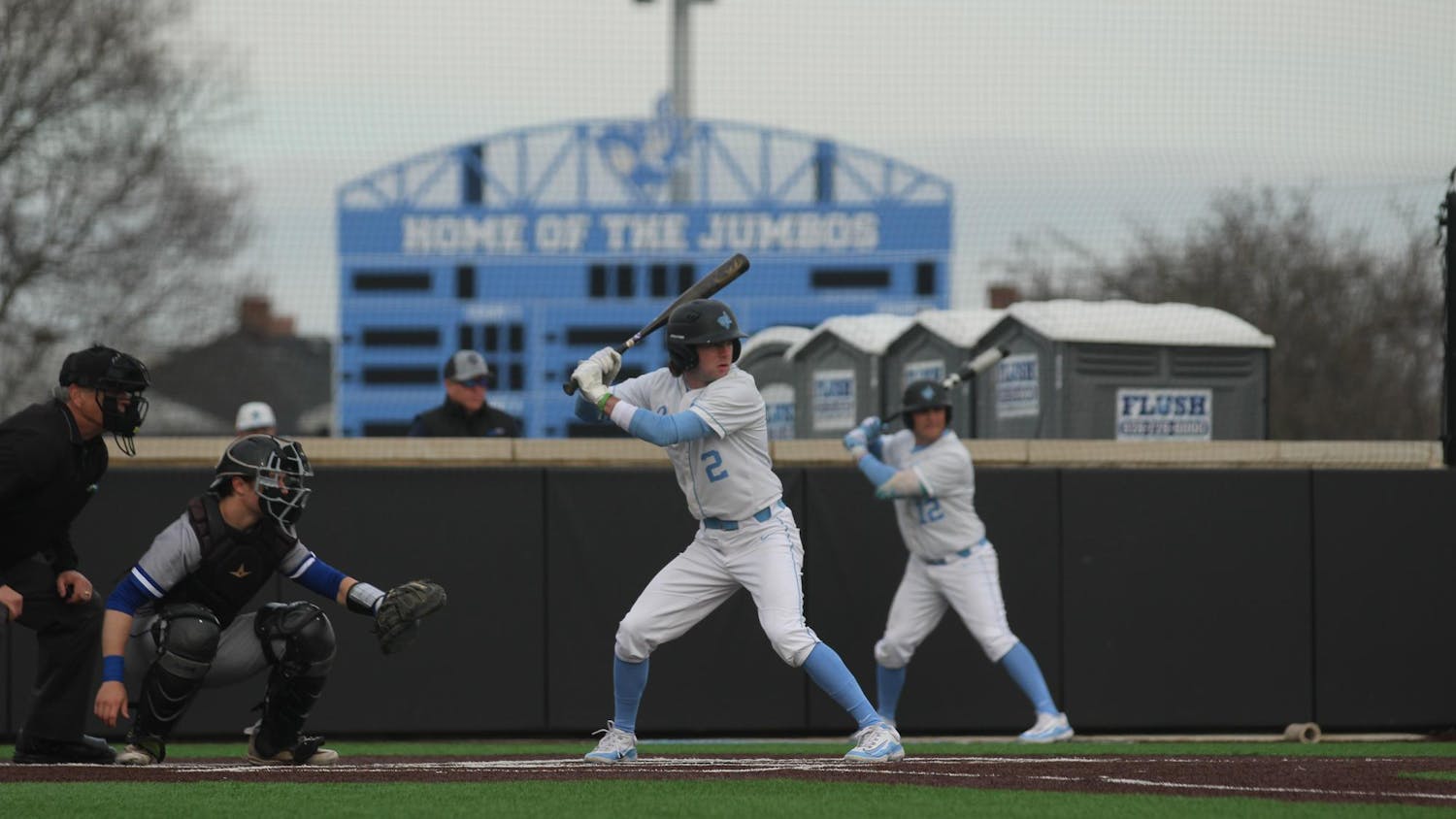Given that I was disappointed when a new collective bargaining agreement in 2022 forced the National League to adopt the designated hitter, it shouldn’t come as a surprise that I’m not the biggest fan of the rule changes that the MLB is introducing for 2023. And yet, like the universal DH, I understand why the league is making them.
The first change is banning the defensive shift. Currently, every team in the league employs a shift against certain hitters. Knowing where hitters are more likely to hit the ball, teams position three defenders on whatever side of the infield they think the batter will hit the ball. This year, teams won’t be allowed to do this — the new rule states that teams must have at least four infielders, with at least two on either side of second base.
The league is also implementing a pitch timer in 2023. Pitchers now must begin their motion within 15 seconds of receiving the ball with the bases empty and 20 seconds with runners on. They’re also limited to two ‘disengagements’ — stepping off the mound or a pickoff move — per plate appearance. Batters must be in the box and ready by the eight second mark on the clock. Pitchers who violate their rules are given an automatic ball and batters, an automatic strike.
Finally, the league will use bigger bases, moving to 18-inch bags in favor of the old, 15-inch ones. This will also slightly decrease the distance between bases, but the difference is negligible.
I know I said before that I understood why the league is making these rule changes. Banning the shift is the exception. The league’s reasoning is that by eliminating the shift, they will increase the batting average on balls in play, making for more excitement. But banning the shift won’t address the real reason the league’s batting average was a 54-year low .243 last year — strikeouts. Thirty years ago, the strikeout rate was 5.59 per nine innings, but last season, that number was 8.40. Banning the shift, which protects against pull hitters who hit for power, will incentivize teams to hire those same hitters who have been largely responsible for the rise in strikeouts. The batting average on balls in play might rise, but the number of balls in play will fall, working against the league’s goal of making the game more exciting.
While banning the shift makes no sense to me, I have no issue with bigger bases, and I understand the pitch timer. Baseball’s slow pace is a big reason it struggles to appeal to younger fans, and nowhere is the deliberate nature of the game more evident than in between pitches. Pitch timers will speed up the game, and that’s good for attracting fans. But, as a former player, I know that there’s a science to the time between pitches. Hitting is about timing, and hitters don’t like it when pitchers rush them. But under the new rule, they’ll be charged with a strike if they step out of the box for too long. Still, as much as I wouldn’t like this as a hitter, I know it will accelerate the slowest part of the game. So while the player in me doesn’t like it, the fan in me understands it.






